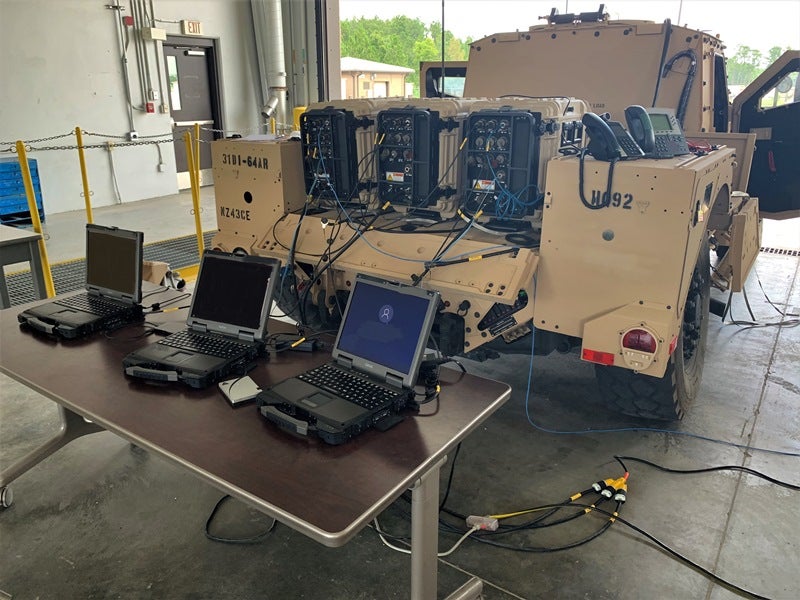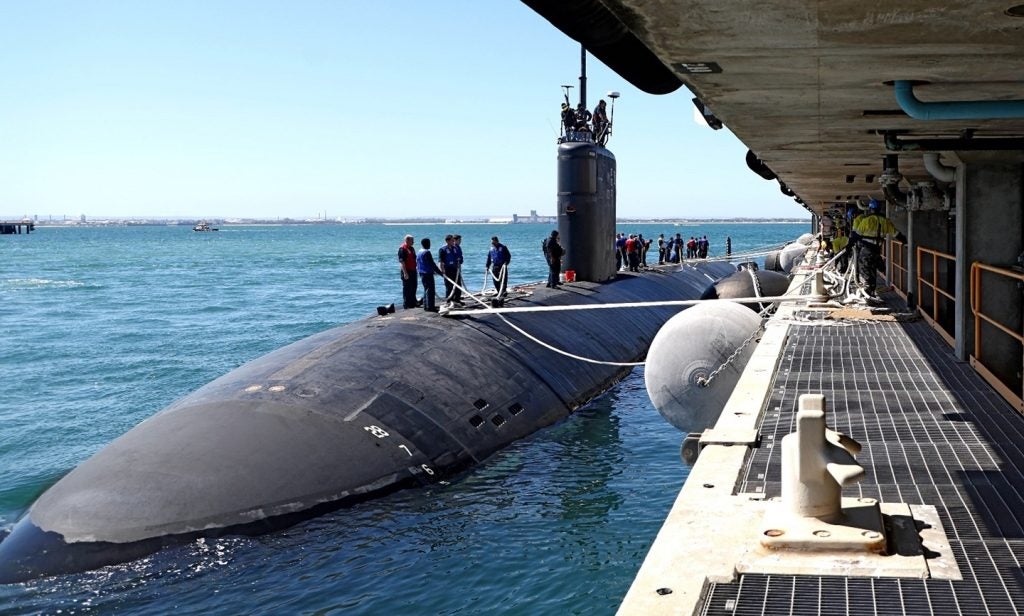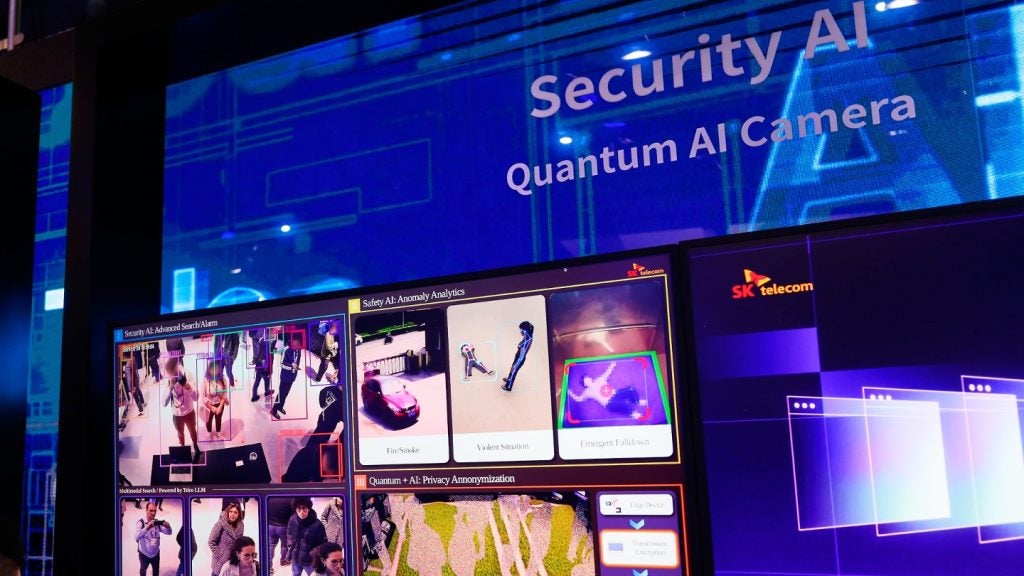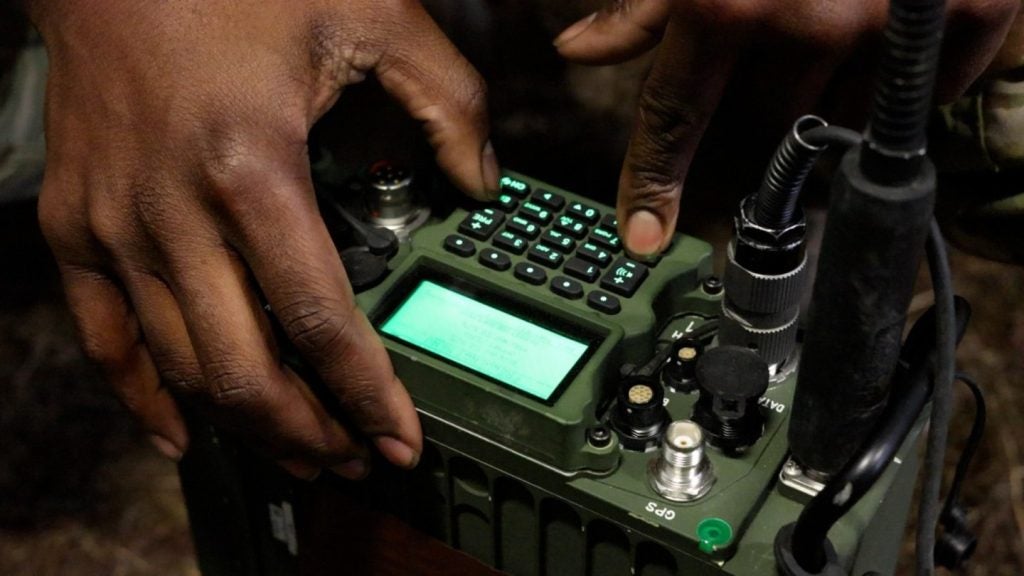
The US Army has delivered upgraded at-the-halt tactical network prototypes to the 1st Armored Brigade Combat Team, 3rd Infantry Division, at Fort Stewart in Georgia, US.
The more expeditionary and capable tactical network transport at-the-halt equipment was delivered last month by Project Manager (PM) Tactical Network under a pilot effort, known as the 5th Generation Technical Insertion (5th Gen TI).
5th Gen TI is part of the US Army’s Tactical Network Transport At The Halt (TNT ATH) Modernization in Service (MIS) efforts to upgrade the at-the-halt tactical network transport equipment.
Through the TNT ATH MIS, the army is fielding unified network transport across the service.
The unit will test new network equipment during training exercises and provide feedback from the pilot deployment to enable further system enhancements.
The upgrade will result in a smaller footprint and reduce the weight, power, and setup time.
How well do you really know your competitors?
Access the most comprehensive Company Profiles on the market, powered by GlobalData. Save hours of research. Gain competitive edge.

Thank you!
Your download email will arrive shortly
Not ready to buy yet? Download a free sample
We are confident about the unique quality of our Company Profiles. However, we want you to make the most beneficial decision for your business, so we offer a free sample that you can download by submitting the below form
By GlobalDataEnhancements will make the equipment easier to operate and deliver enhanced mobility.
In addition, the new network improvements, driven by hardware, software and virtualisation technologies, will provide more computing power.
1st ABCT 3rd ID communications officer major Tomas Allen said: “It’s all about taking hardware and making it software; that means less physical equipment and more virtual machines, more software-based infrastructure.
“These improvements are expected to provide a more expeditionary upper tactical internet, which enhances the movement and manoeuvre of elements and organisations on the ground.”
Equipment provided in the pilot effort includes modernised Joint Network Nodes (JNNs), Command Post Nodes (CPNs), and software-based virtual server stacks.
PM Tactical Network Mission Network assistant product manager captain Ryan Nehus said: “The significantly increased computing power provided by these new systems enables more soldiers to conduct mission command and exchange more data, faster and at the same time, without lag in the network.
“The technology increases network efficiency, so we can accomplish more with the same amount of bandwidth.”






